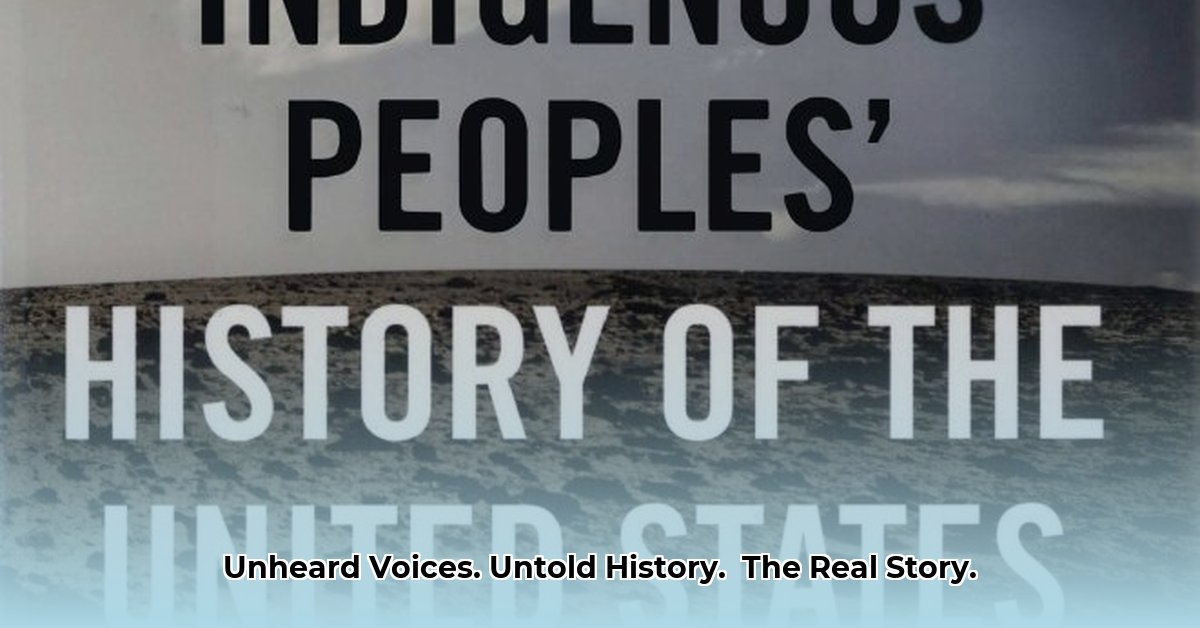A Deeper Dive into America’s Untold Story
The history books often gloss over the rich, complex history of Indigenous peoples in the U.S., focusing instead on the narratives of European colonization. This article aims to illuminate the true story of America’s first inhabitants, from their thriving pre-Columbian societies to their ongoing struggles for survival and self-determination. It’s a story of resilience, resistance, and a fight for a future where Indigenous voices are finally heard.
Before 1492: A Continent of Diverse Civilizations
Long before European ships arrived, North America was home to a vibrant tapestry of Indigenous societies. These weren’t simply scattered tribes, but complex civilizations with unique languages, cultures, and sophisticated systems of governance. They built thriving cities, developed advanced agricultural practices, and established extensive trade networks. This section delves into the world before Columbus, revealing the ingenuity and complexity of pre-Columbian America.
Paleoindians to Mississippian Culture: A Timeline of Innovation
- Paleoindians (c. 40,000-14,000 BCE): The first Americans, likely migrating across the Bering Land Bridge, adapted to a landscape populated by megafauna. Their Clovis points, sophisticated hunting tools, suggest advanced ingenuity.
- Dalton and Folsom Traditions (c. 8500-7900 BCE): Adapting to a changing climate and the disappearance of megafauna, these groups developed new hunting techniques and tools like the atlatl. Emerging evidence suggests the development of spiritual beliefs.
- Archaic Period (c. 8000-1000 BCE): This period saw a gradual shift towards settled lifestyles, with the beginnings of agriculture, animal domestication, and the construction of more permanent structures like the mounds at Poverty Point.
- Woodland Period (c. 500 BCE – 1100 CE): Advancements in pottery, craft production, and trade networks marked this era. Complex belief systems emerged, often deeply connected to the natural world. Groups like the Hohokam adapted ingenious irrigation systems to thrive in the arid Southwest.
- Mississippian Culture (c. 1100 CE – 1600s): Sophisticated urban societies like Cahokia, with populations rivaling European cities, thrived in the Mississippi River Valley. Simultaneously, diverse groups like those on the Great Plains continued to flourish.
The Broken Promises of Colonization
The arrival of Europeans marked a turning point, initiating an era of dispossession, disease, and violence. Colonization brought broken treaties, forced removals, and the systematic suppression of Indigenous cultures. This section confronts this difficult history, exploring the lasting consequences of colonization and its ongoing impact on Indigenous communities today.
Treaties and Land Dispossession: A Legacy of Broken Trust
Treaties, meant to ensure peace and recognize Indigenous sovereignty, were routinely violated. Land grabs, often through coercion and manipulation (as seen in the Treaty of New Echota impacting the Cherokee), became a recurring theme. The Trail of Tears stands as a horrific example of forced removal and the human cost of broken promises.
| Treaty | Year | Tribe(s) Affected | Outcome |
|---|---|---|---|
| Treaty of Fort Pitt | 1778 | Delaware | Promised peace but later disregarded. |
| Treaty of Hopewell | 1785-86 | Cherokee, Choctaw, Chickasaw | Established boundaries but later violated. |
| Treaty of Canandaigua | 1794 | Six Nations of the Iroquois | Acknowledged Iroquois land rights but later encroachments occurred. |
| Treaty of Greeneville | 1795 | Several tribes including Miami, Shawnee, and Delaware | Forced land cessions after the Northwest Indian War. |
| Treaty of Fort Wayne | 1809 | Miami, Delaware, and Potawatomi | Land cessions under duress. |
| Treaty of New Echota | 1835 | Cherokee | Cession of Cherokee lands east of the Mississippi; used to justify the Trail of Tears. |
Indigenous Resistance: A Story of Survival
Despite facing overwhelming odds, Indigenous peoples mounted a sustained resistance against colonization. This resistance took many forms, from armed uprisings like the Pueblo Revolt to the ongoing legal and political battles for treaty rights and self-determination.
Forms of Resistance: From Armed Uprisings to Cultural Preservation
Resistance included:
- Armed Conflicts: The Pueblo Revolt of 1680, coordinated efforts of Indigenous groups to reclaim their territories. Leaders like Pontiac and Tecumseh spearheaded pan-Indian resistance movements.
- Cultural Preservation: Indigenous communities fought to maintain their languages, traditions, and ceremonies despite efforts to erase them through assimilation policies like forced boarding schools.
- Legal and Political Activism: Indigenous leaders have continually challenged discriminatory policies and asserted their sovereignty through legal battles and political organizing. The Standing Rock protests against the Dakota Access Pipeline exemplify contemporary Indigenous resistance.
Indigenous Voices Today: Shaping the Future
Indigenous history isn’t confined to the past. Today, Indigenous activists, artists, scholars, and community leaders are at the forefront of movements for environmental justice, cultural revitalization, and self-determination. Their voices are shaping a future where Indigenous knowledge and perspectives guide us towards a more just and sustainable world.
Contemporary Issues and Indigenous Leadership
Indigenous communities are leading the way on critical issues such as:
- Climate Change: Drawing on traditional ecological knowledge to protect the environment.
- Language Revitalization: Recognizing language as crucial for preserving cultural identity.
- Land Rights and Sovereignty: Continuing to fight for treaty rights and self-determination.
Truth, Reconciliation, and a Path Forward
Building a future where Indigenous history is not only acknowledged but understood requires concrete action. Supporting tribal sovereignty, respecting treaty obligations, and investing in Indigenous-led initiatives are crucial steps toward reconciliation.
How to Be an Ally
- Educate yourself: Learn about Indigenous history and culture from reputable sources, prioritizing Indigenous voices. Roxanne Dunbar-Ortiz’s “An Indigenous Peoples’ History of the United States” is an excellent starting point.
- Support Indigenous-led organizations: Donate to or volunteer with organizations working to advance Indigenous rights and causes.
- Amplify Indigenous voices: Share Indigenous stories, perspectives, and artwork.
- Advocate for policy change: Support legislation that upholds treaty rights and promotes Indigenous self-determination.
Looking Beyond Colonization: Pre-Columbian Societies
A richer understanding of Indigenous history requires looking beyond the era of colonization to appreciate the diversity and accomplishments of pre-Columbian civilizations. Across the Americas, from Mesoamerica to the Andes, sophisticated societies flourished. The Olmec, Maya, Aztec, Moche, Chibcha, and Inca, among many others, developed complex systems of governance, art, and knowledge. Ongoing research continues to reveal a more nuanced picture of these remarkable cultures.
This exploration of Indigenous history offers not just a recounting of the past, but a pathway toward a future grounded in truth, justice, and a shared understanding. It’s a story that continues to unfold, and one that we must all engage with to build a more equitable and sustainable future.
- Shop Bento Box for Sale To Find Your Ideal Lunch Container - December 6, 2025
- Lunch Box That Fits Bento Box Neatly for Daily Use - December 5, 2025
- Japanese Lunch Bag Does Double Duty as Bento Carrier and Tote - December 4, 2025










